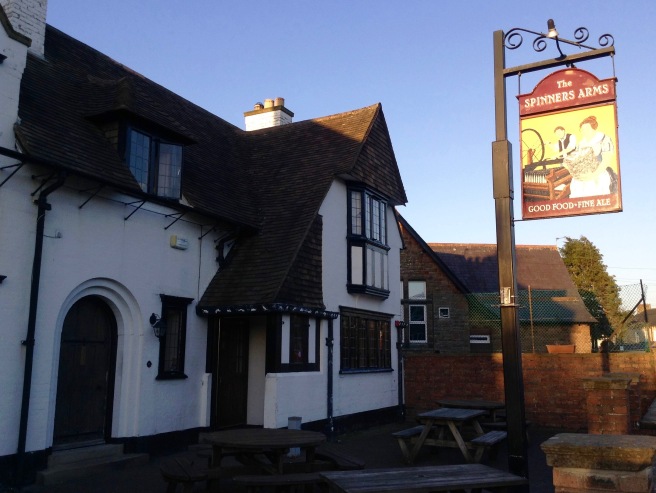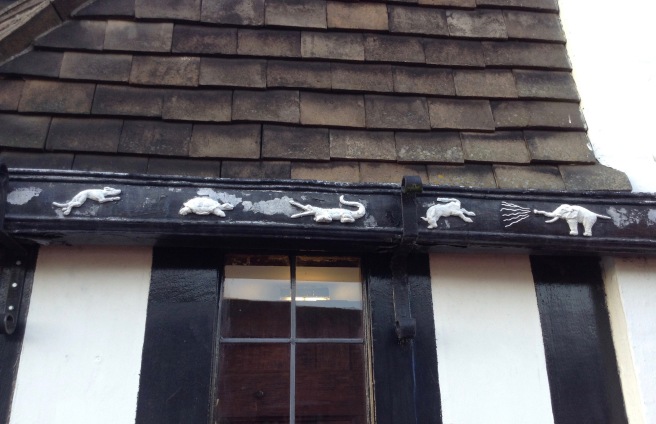
Perhaps more properly known as the Carlisle State Management Scheme, because after 57 years you should have got beyond the experimental stage, the Carlisle Experiment converted 300-odd pubs and five breweries around the city into a nationalised industry.
It was, of course, primarily a temperance measure, and a successful one, an intervention to curtail the drinking of munitions workers during the First World War. But the methods it used to achieve a degree of sobriety made a far more significant and lasting contribution to the history and development of the British pub.
In Carlisle, and in smaller schemes at Enfield Lock and Cromarty Forth, pubs become more than mere boozers. Proper food was introduced, and games and entertainments encouraged, broadening the customer base beyond the working class bloke.
That was reflected in the architecture and design of state-managed pubs, which were more comfortable, pleasant and interesting environments. There was more to look at than the bottom of a glass.
With an expert guide – mine was Viv Dodd, one of the organiser’s of this summer’s State Management centenary events – you can see the evidence in surviving pubs, many of which were radically altered or even knocked down and rebuilt.
The scheme’s chief architect, Harry Redfern, looked back to the arts and crafts movement of William Morris for inspiration, and you can see it in the detail of his designs, from the wood panelling at the Cumberland Inn on Botchergate to the menagerie that plays along the guttering of the Spinners Arms, Cummersdale.
